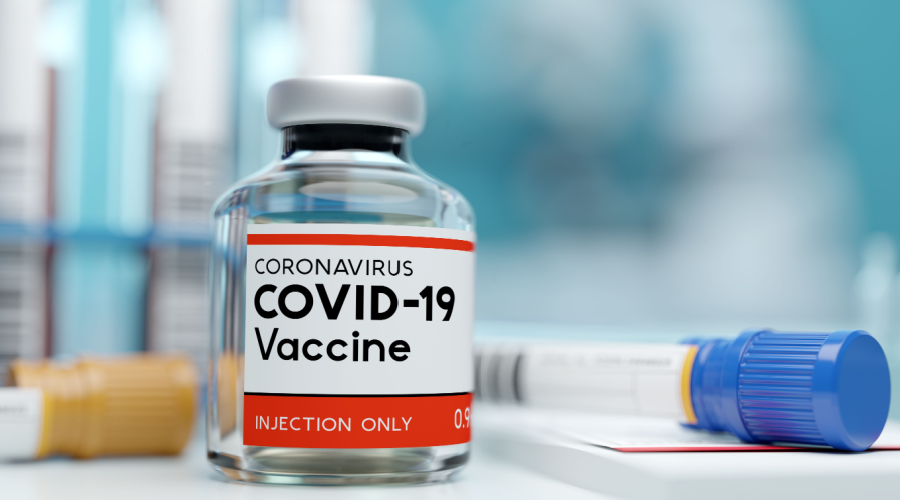By now you’ve likely heard about Star Ratings. But don’t dismiss them; they’re not going away. Star Ratings still affect your independent community pharmacy and now’s the time to pay attention for the health of your business.
In 2008, the Centers for Medicare & Medicaid (CMS) developed the Five-Star Quality Rating System, better known as Star Ratings, to help consumers compare Medicare Advantage (MA) and Medicare Advantage Prescription Drug Plans (MAPD) based on factors of quality, cost and coverage. The Star Ratings are used as a financial incentive for plans to ensure high quality.
Many of your patients are likely enrolled in MA or MAPD plans. Although CMS doesn’t assign Star Ratings to independent community pharmacies, the services you provide to patients can affect the results of health plans’ Star Ratings. Health plans can issue their own ratings to pharmacies and measure a pharmacy’s performance by reviewing claims.
“Star Ratings are a critical factor regarding a pharmacy’s ability to retain patients and obtain reimbursement for their services. It’s essential that a pharmacy take the time to educate all staff members on Star Ratings and processes that affect them,” said Jim Young, J.D., Director of Third Party Services at PBA Health, a pharmacy services organization based in Kansas City, Mo.
Here’s a breakdown of what Star Ratings are, and how they affect your pharmacy business.
Star Ratings today
Zac Renfro, Pharm.D., Pharmacy Quality Consultant at Pharmacy Quality Solutions, Inc. (PQS), the leading provider of medication use quality assessment services, explains why Star Ratings should matter to your pharmacy today.
“Due to the Affordable Care Act (ACA), health plans and pharmacy benefit managers (PBMs) can now only keep a certain percentage of their profits,” Renfro said. “The remaining amount must be used to cover the cost of the services they provide, as well as reinvesting back into the health plan or PBM’s program.”
“The only way that they can increase their profits is by increasing their patient numbers in their health plan. Health plans that have a lower Star Rating tend to have a lower number of patients choosing them over higher rated plans that have similar costs,” he said. “With pharmacies impacting a plan’s Star Rating so much, they’re starting to put an emphasis on pharmacy quality scores to determine preferred networks and other performance contracting programs.”
The scoring breakdown
Health plans are rated on multiple measures. The following measures account for up to half of a plan’s total score from CMS and are directly affected by pharmacies’ performance. The measures include:
1. Appropriate use of high-risk medication for elderly patients (65+)
2. Medication adherence for patients with diabetes (oral diabetic medications)
3. Medication adherence for patients with hypertension (RAS antagonists)
4. Medication adherence for patients using cholesterol medications (statins)
5. Medication Therapy Management (MTM) program completion rate for Comprehensive Medication Reviews (CMRs) (new in 2016).
The affect on your pharmacy
The services your pharmacy provides improve patient care, which in turn influence health plans’ Star Ratings. Currently, pharmacies can help increase a plan’s Star Rating in the following areas:
1. Managing chronic conditions through medication adherence
2. Ensuring medication safety in the use of high-risk medications in the elderly
3. Calculating the completion rate for CMR (new in 2016)
“The pharmacy-related measures are critical,” Young said. “Pharmacies need to focus on them in order to drive their Star Ratings higher.”
Ways you can boost Star Ratings:
- Counseling patients
- Maintaining secure, reliable electronic health records
- Completing MTM CMR cases
- Completing outcome-based MTM alerts
- Using motivational interviewing techniques with patients
- Watching for drug-drug interactions
- Offering medication synchronization services
- Communicating with physicians
“Pharmacy-related measures, such as having the ability to impact a patient’s cholesterol, diabetes and/or RASA adherence, account for a significant portion of the health plan’s Star Rating,” Renfro said. “Community pharmacies have the opportunity to really shine in this area of improving patient adherence to chronic medications. Taking care of the patients is what they do on a day-to-day basis. Putting a little extra emphasis in this area has the potential to make a big impact in the future.”
Health plans want to work with pharmacies that provide superior service to their patients, which can potentially increase the health plan’s Star Rating. Working collaboratively with networks will prove mutually beneficial for both pharmacies and health plans.
A Member-Owned Company Serving Independent Pharmacies
PBA Health is dedicated to helping independent pharmacies reach their full potential on the buy-side of their business. Founded and run by pharmacists, PBA Health serves independent pharmacies with group purchasing services, wholesaler contract negotiations, proprietary purchasing tools, and more.
An HDA member, PBA Health operates its own NABP-accredited warehouse with more than 6,000 SKUs, including brands, generics, narcotics CII-CV, cold-storage products, and over-the-counter (OTC) products — offering the lowest prices in the secondary market.












